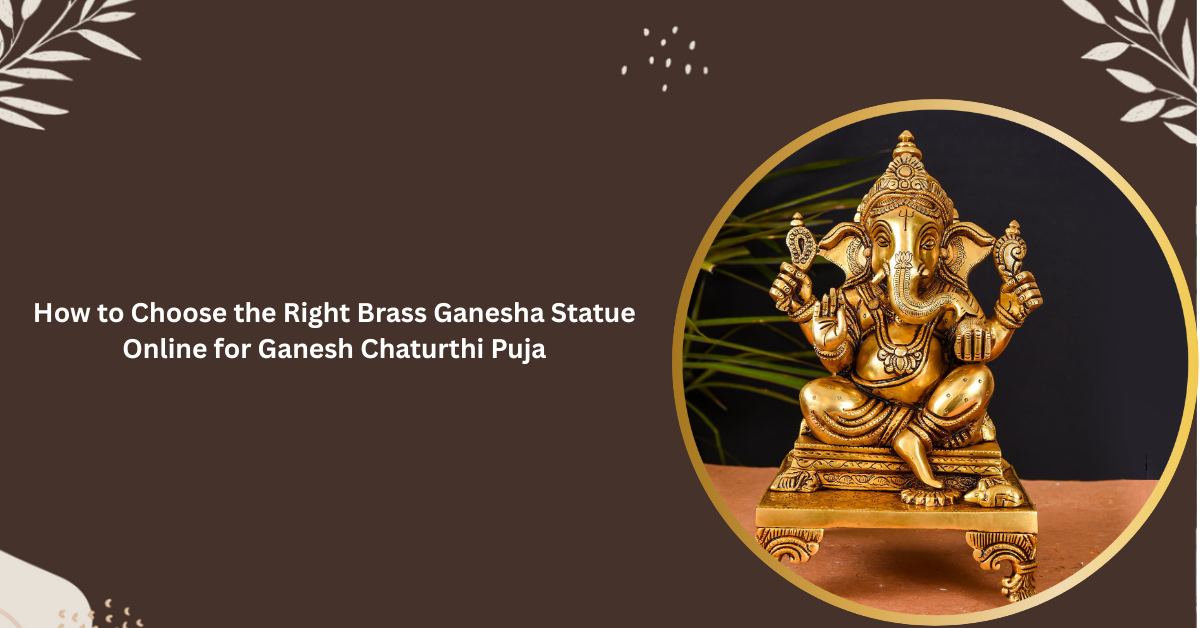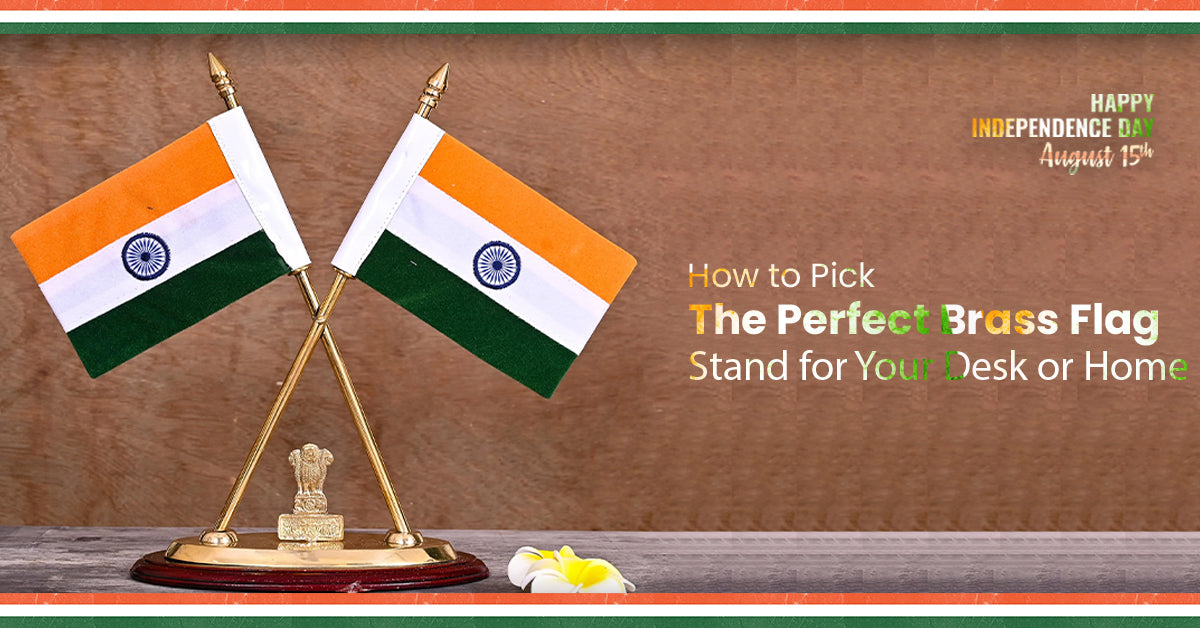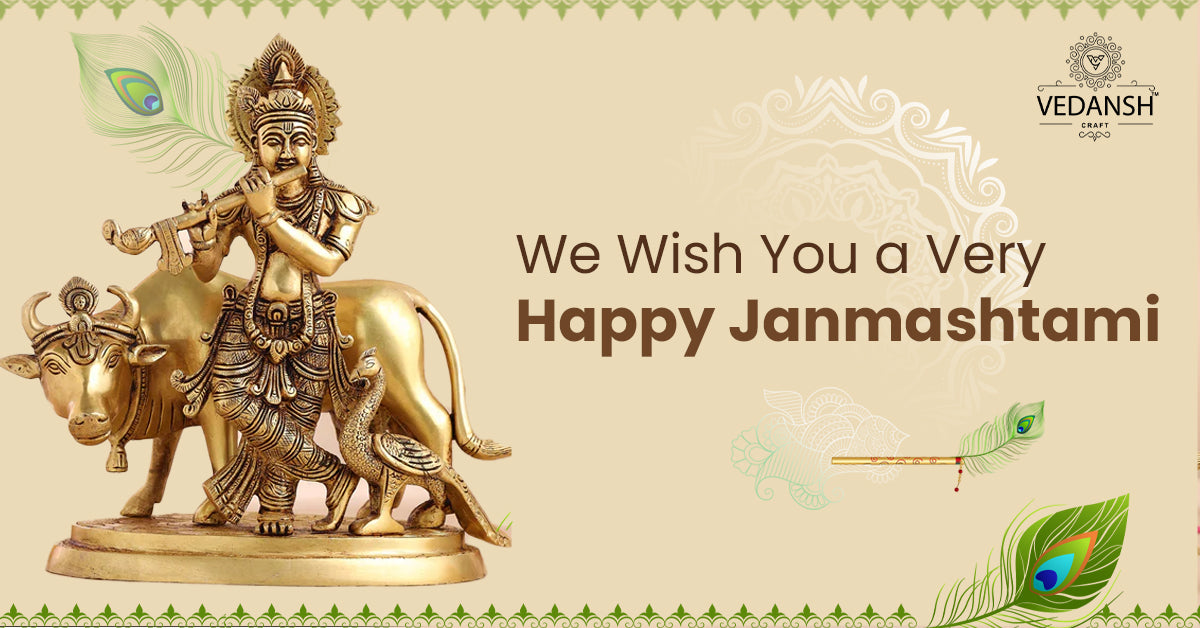

History and Significance of Brass Idols in Indian Culture
, by javed techqart, 4 min reading time
Imagine stepping into a colorful home in India. In a special corner, you might see gleaming statues of gods and goddesses. These beautiful, often beautifully sculpted sculptures are most likely made of brass, a golden-colored metal. For long years, brass idols have been an essential component of Indian culture. They are more than simply decorations since they are said to be a way to connect spiritually.
India is home to a large number of gods and goddesses, each of whom stands for a distinct power in the universe. People can direct their prayers and donations toward these brass idols because they serve as a sort of bridge. Making use of brass idols is an extremely old tradition that goes back thousands of years. It's a fascinating story that sheds light on Indian aesthetic traditions and ideals. Let's now explore the history and cultural significance of brass idols in India.
The Enduring Legacy of Brass Idols
In India, brass idols have a long and rich history that dates back thousands of years. The Indus Valley civilization provides one of the first hints. Imagine living in the Indus Valley area of India during 3,000 BC, when the population was prospering. Among other incredible discoveries, archaeologists have discovered some of the oldest known brass idols there. These tiny miniatures show how brass was utilized in ancient India to create objects of sacred significance.
Fast forward many centuries, and brass idol making continued to flourish. During India's medieval period (roughly between 6th and 16th centuries AD), powerful empires like the Cholas, Pallavas, and Vijayanagar Empire ruled different parts of the country. Brass idol making reached a peak during this time. Skilled craftspeople honed their techniques, creating beautiful and intricate idols. These idols depicted a wide range of gods and goddesses. The techniques used back then are still practiced today. But with some modern twists. The legacy of brass idols in India is a long and fascinating one, with each era adding its own unique touch to this cherished tradition.
The Special Meaning of Brass
In Hinduism, the religion of most people in India, brass isn't just any metal. It is seen as a special material that is perfect for creating idols of gods and goddesses. Here is why:
- Strength and Shine: Brass is a strong and long-lasting metal. Just like the powerful deities it represents, a brass idol can endure for generations. Plus, its shiny golden color adds a sense of beauty and importance to the idol.
- A Connection to the Divine: In Hinduism, many gods and goddesses are associated with qualities like strength, wisdom, and protection. Brass, with its own strong and enduring nature, reflects these divine attributes. It is like the metal itself carries a bit of the power it portrays.
- More Than Just a Statue: Many Hindus believe that brass idols, called murtis, aren't just pretty decorations. Through special rituals, they can become murtis, which means a form or embodiment of the deity they represent. This allows people to feel a closer connection to the divine during their prayers.
Brass Idols in Everyday Life and Celebrations
Brass idols play a big role in the daily lives of many Hindus. In a typical household, you might find a special room called a pooja room. This is a dedicated space where people keep their murtis. Here, families perform daily rituals like offering flowers, sweets, and prayers to their chosen deities. The brass idols become a focus for their devotion.
But brass idols aren't just for everyday use. They are also a big part of grand religious festivals and ceremonies. During these special occasions, large and elaborately decorated brass idols might be carried in processions or displayed in temples. These celebrations bring people together and allow them to express their devotion to the divine through the beauty of these brass creations.
A Lasting Legacy
Thus, keep in mind the drawn-out and exciting journey it symbolizes the next time you encounter a shining brass statue. Brass idols have been an integral part of Indian culture from the time of the ancient Indus Valley Civilization to the contemporary lively civilizations. They are the embodiment of not just creative talent but also deeply held customs and values. These exquisite sculptures stand as a tribute to India's rich spiritual past and continue to help people establish connections with the almighty.
Tags
Blog posts





